There are very few things as exciting as moving into a new house. And who doesn’t love the smell of freshly painted walls that magically makes you feel good? But there are a lot of things you need to know and keep in mind while giving your house that fresh coat of paint. We bring to you the must-know house painting tips to keep you on top of the game!
Of Prime Importance: Primers
Your walls must be cleaned thoroughly and any dust or grime to be removed before starting the job. This will help the paint to adhere to the surface properly. Priming your wall is of utmost importance as the primer forms the strong, smooth & durable base for the paint. There are different primers for interiors and exteriors, so choose accordingly. Your walls need at least two coats of a good primer to provide the necessary protection and to make sure your paint gets an even finish. The better the priming is going to be, the more lasting & well-finished your painting will be.
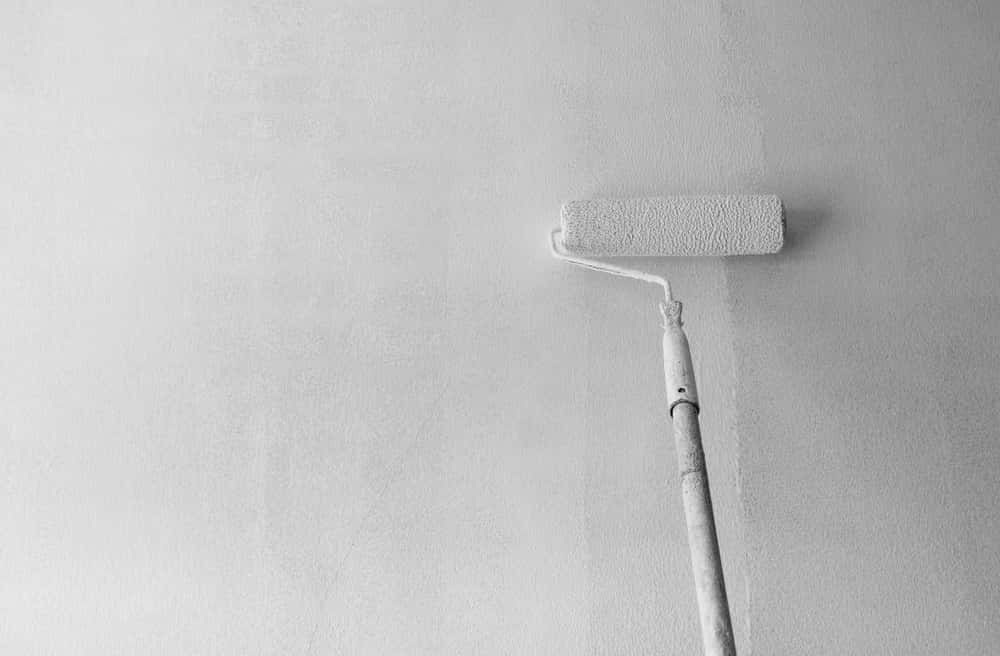
Try Out the Shades
Instead of investing in a gallon of paint and wondering how it’ll look on your wall till it’s done, it’s smarter to buy a few sample quantities first and try them out on your walls. Do the patch tests and try out combinations for different walls of the room, so that you can be confident about your choices before you take the plunge. You can also paint a piece of foam board and move it around the walls to see how the different kinds of light affect the look of the paint. Think, try, experiment and procrastinate all you want, before you go for the final colour.
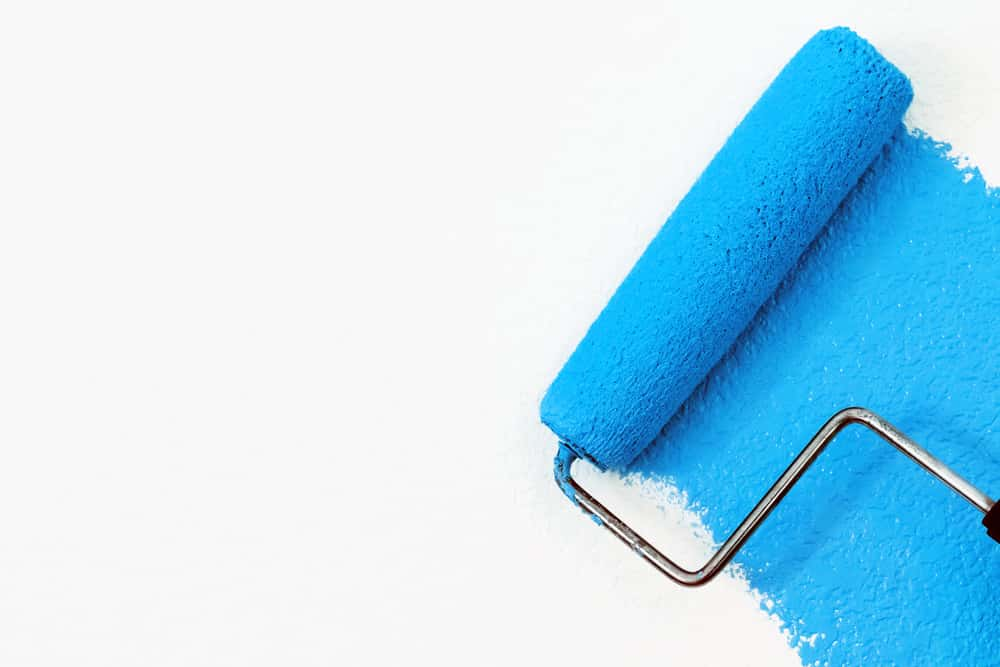
Mix in Large Quantities
Once the colours are bought, make sure they are mixed in bigger quantities at a time to ensure uniformity throughout the room. If the colours are mixed in smaller proportions, they have to be mixed time and again, increasing chances of discrepancy in the quantities that might result in variation of shades on the same wall. If possible, mix the entire quantity of paints for one colour at once to avoid any kind of remixing and enjoy a uniform look throughout the room.
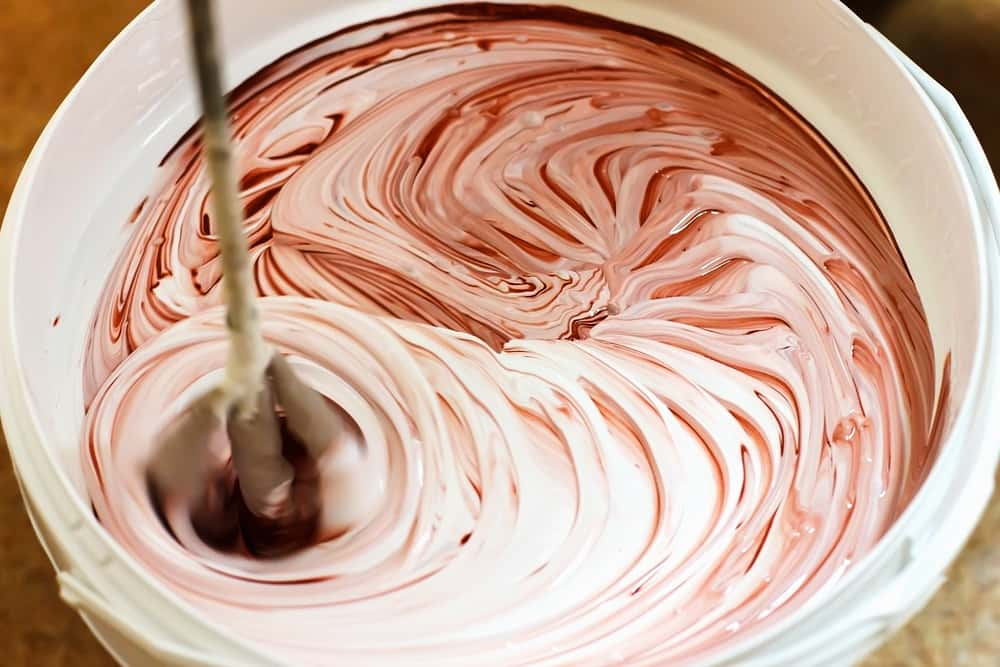
Rollers or Brushes?
Many might get confused about which tool is more effective for house painting, we say to use a bit of both. For the exterior, you need rollers for the larger surfaces and brushes for the edges, trims and smaller areas. For the interior, rollers are the more efficient options as they give a smoother finish and cover more area at a time. Rollers are also preferable since they can be used easily by both amateur and professionals alike, so you need not worry about the skill of your painters. The tape must be used to cover out areas you don’t want to be painted and to make even lines at edges and corners, which can be removed once the paint is dry for a picture-perfect look.
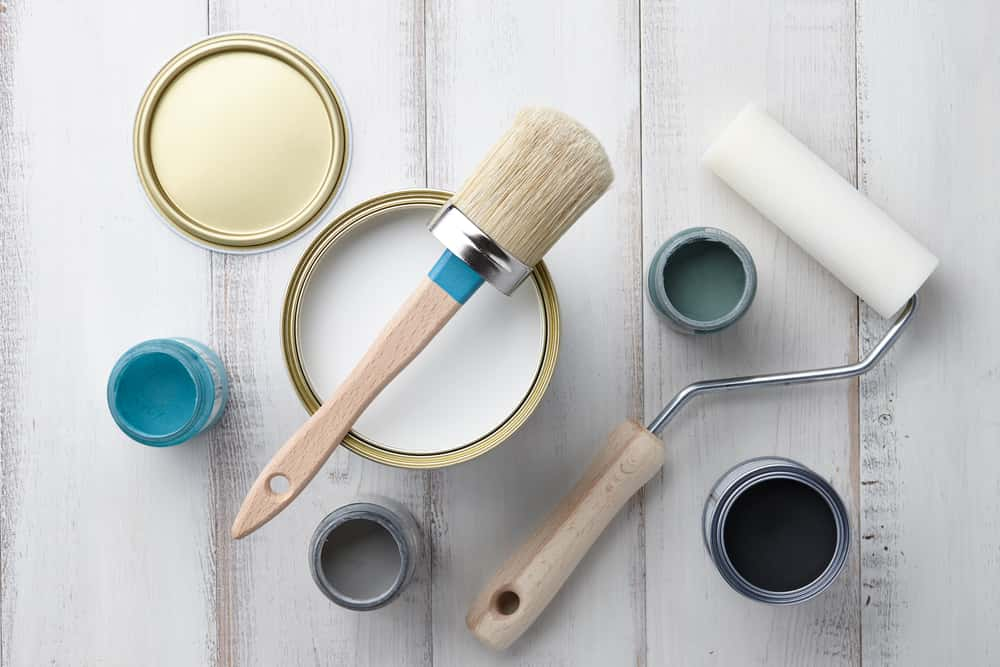
Cover to Protect
- Take care to protect whatever you don’t want to get paint on. Make sure the floors are covered well so that your flooring is saved from paint splatters.
- Securely cover up all furniture and décor items, if any, so as not to get paint on them. Also, group up whatever you have in the rooms at the centre and cover them all together for better protection and to give space to the workers for painting the walls without any hindrance.
- Don’t miss out on the little things that might look bad if they get paint-splattered – remember to cover the doorknobs, switchboards, light fittings, woodwork and any other such knick-knack that might easily be overlooked.
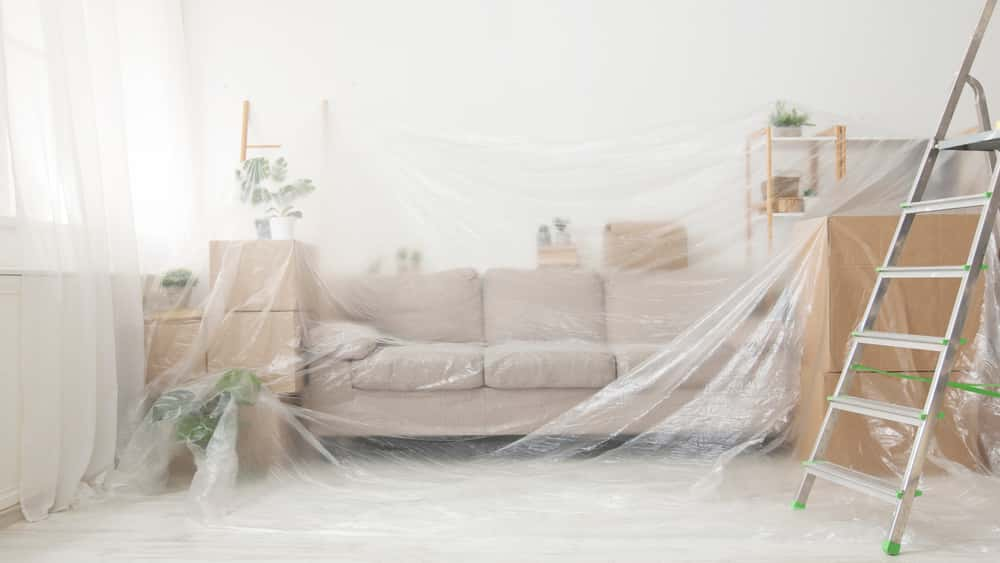
Know Your Paints
- Paints nowadays come in a mindboggling variety of textures, finishes, compositions and colours. It’s important to choose wisely, according to the look & finish you want on your walls.
- Learn about the difference between latex paints, oil paints, water-based paints etc. and consult with experts to understand which type would be best for your walls, while being within your budget.
- Take care while mixing and matching different colours for different walls of the same room – there should not be too much variation in the finishes of two adjacent walls.
- One accent wall can have a different texture or look, but the other three should have a similar finish, even if the colours are different.
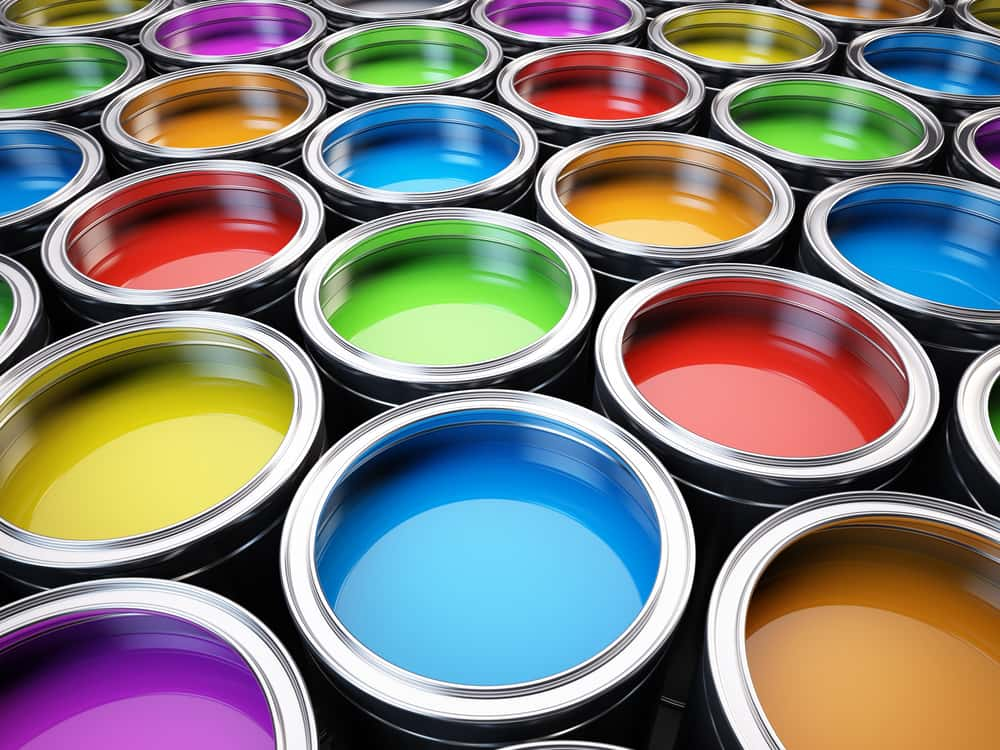
Plan Ahead
Don’t rush into painting your house or start the project without proper planning. You have to consider a few things before deciding the time for undertaking house painting. Understand the local weather patterns and finalise the time of the year when it’ll be dry with no rain and lower levels of humidity. You need to give both your exterior and interior paints the optimum amount of time to dry, without which it’ll not be durable. Humidity and dampness are the biggest enemies of paint, so keep them at bay.

Let it Dry
Your paint needs ample time to dry for a lasting finish. Make sure the paints get at least 24 hours to dry between coats. Once the painting’s complete, allow one to two days drying time before arranging the room or bringing in furniture, furnishings, fittings etc. The better the paint dries, the stronger and firmer will it be. You may have to exercise patience to allow the drying process, but it’s worth it in the long run.

Well-cleaned and Stored
Do not wash or wipe freshly painted surfaces before at least 15 days. Remember to store small quantities of all the paints in old jars or containers for touch-ups, if required. Label them properly so that you know which paint is which in case touch-up is needed somewhere. If your personal paint brushes or rollers were used, make sure they are cleaned properly with solvent and thinners, before wrapping them up in plastic or wax paper for storing. Always hang paint brushes upside down to maintain the shape of the brush.
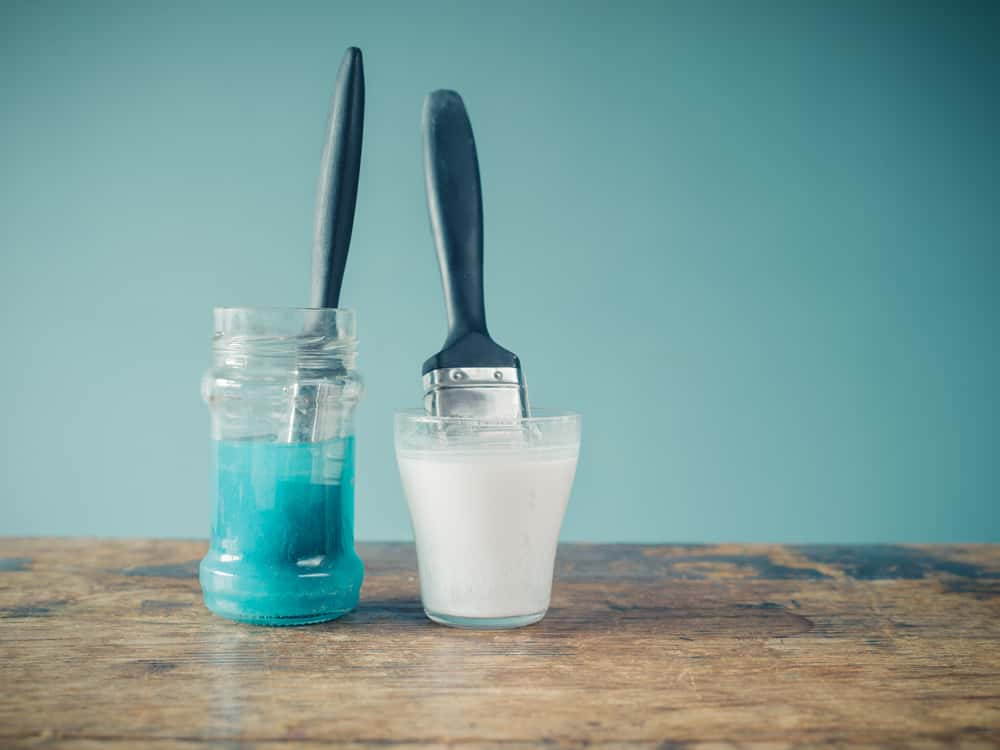
Maintenance is Key
- A house painting job well done is not the end of the story. You have to maintain the paint well, so as to make it last longer.
- Clean the painted surfaces once in a while with a mild soap and water solution so as not to let stains, dust or grime settle in deeply.
- Do not scrub harshly and use a soft sponge or cloth for cleaning.
- Keep checking your walls from time to time for signs of peeling, flaking, cracking, damp and other issues.
- If you notice anything, call for expert help immediately to solve the problem at hand. Delay or negligence in such matters can harm your house permanently.
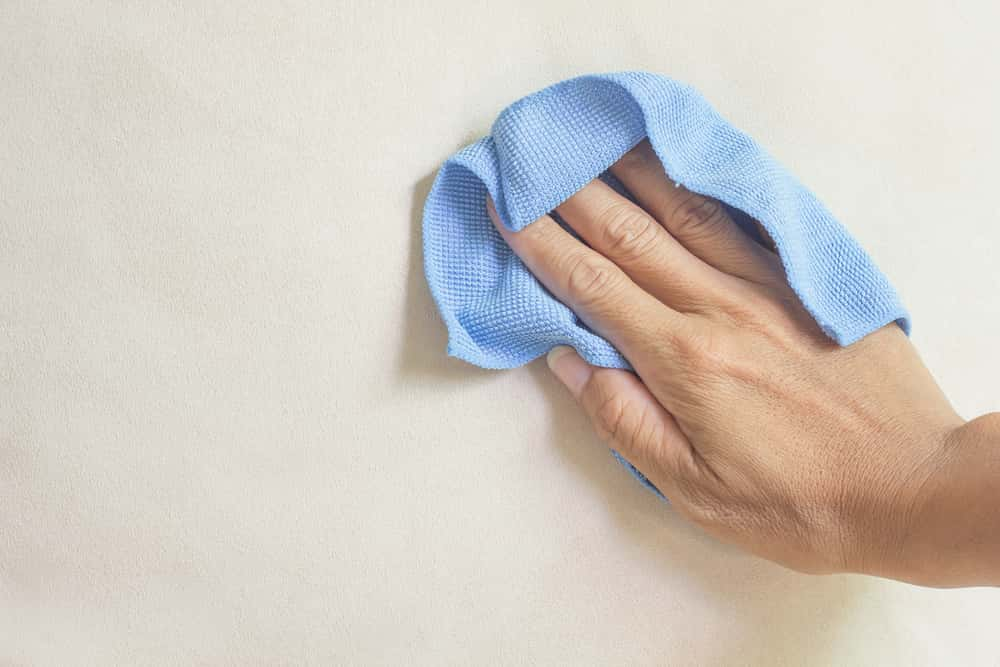
Keep these pointers in mind and you can waltz through the house-painting phase in a smooth, effortless manner. Enjoy your newly painted abode and get ready to show off to your guests! Need help with your interiors? Get in touch with the HomeLane team right away.

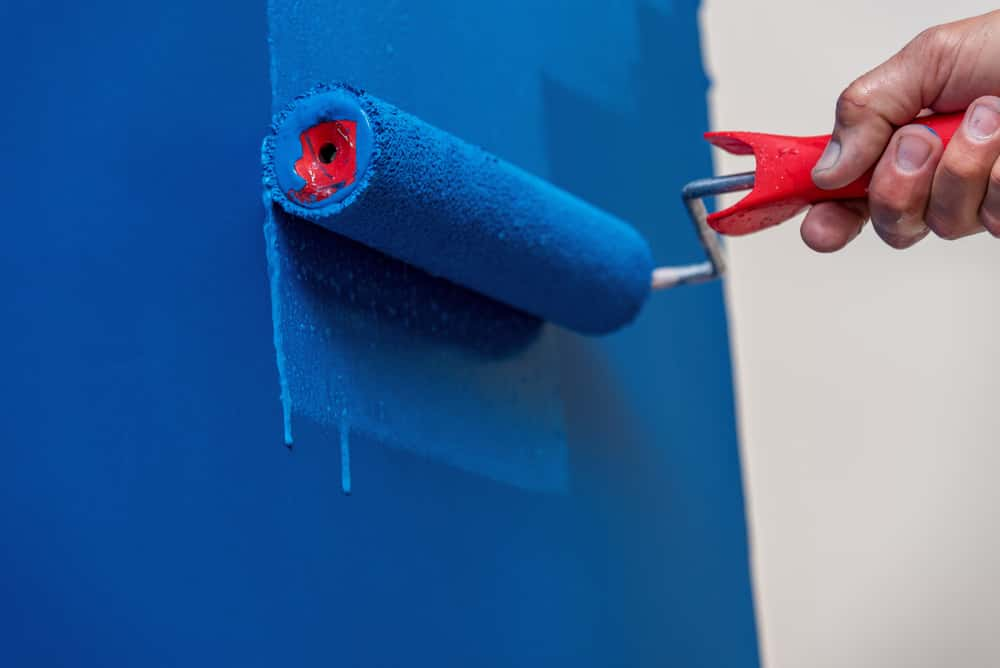




1 Comment
This is solid information! So important to know these steps and tips before taking on the task of painting your own house. I had a cousin who decided to paint his basement by himself and it didn’t turn out the way he pictured. Painting isn’t always as simple as it looks. But with a little knowledge and due diligence it can be done with out extensive experience… Thanks for sharing!